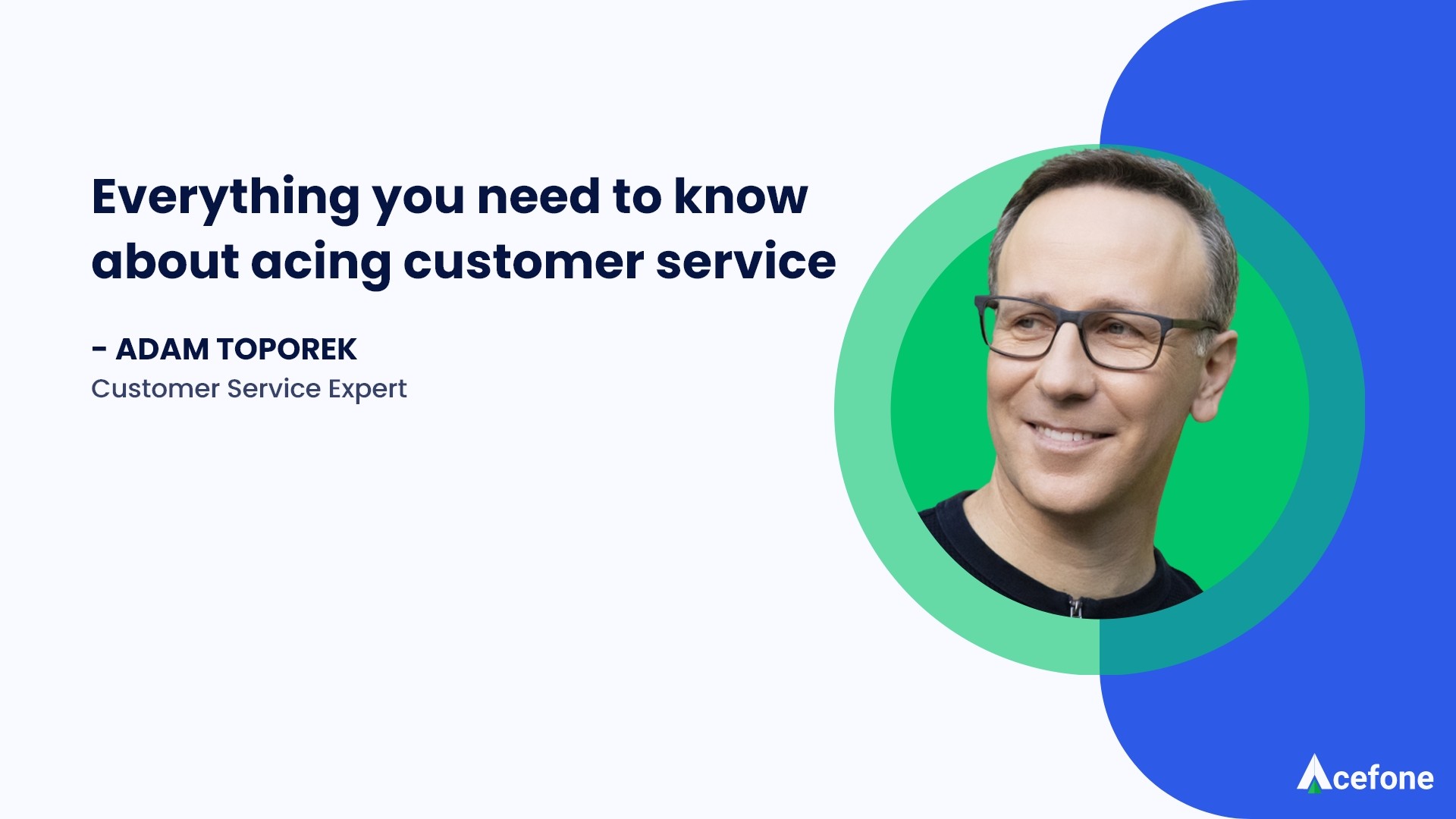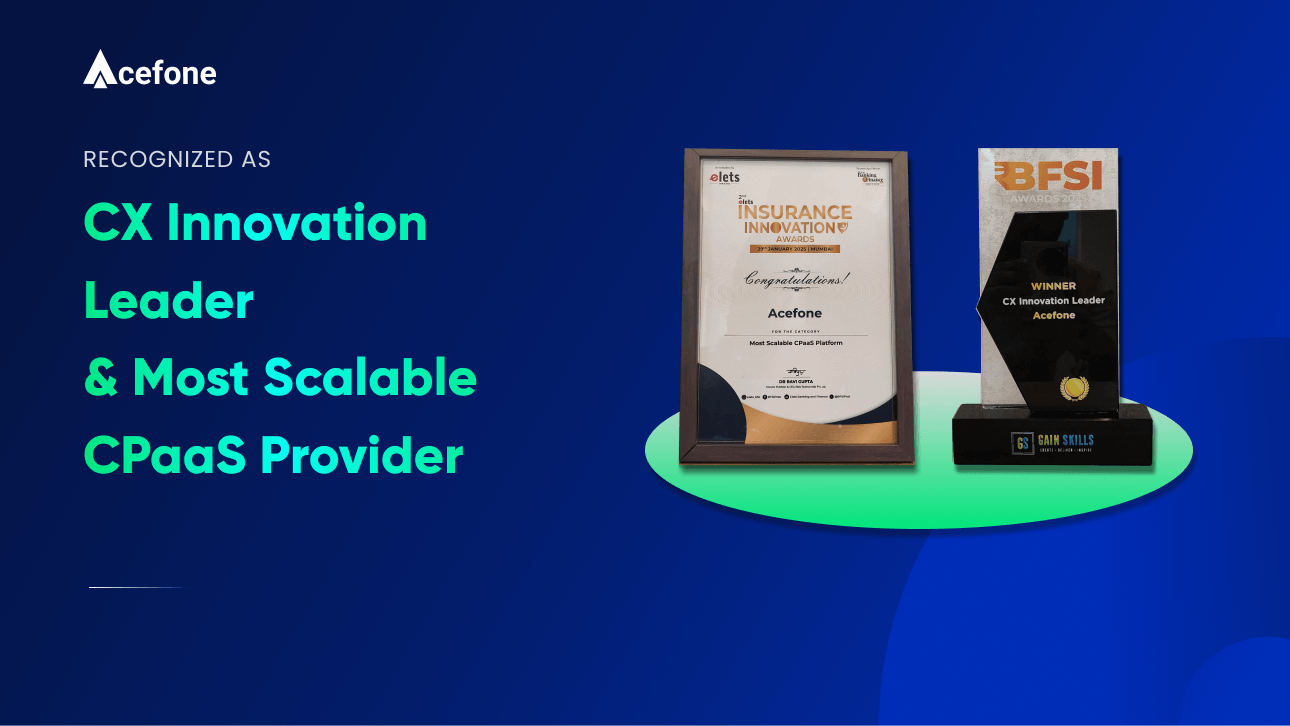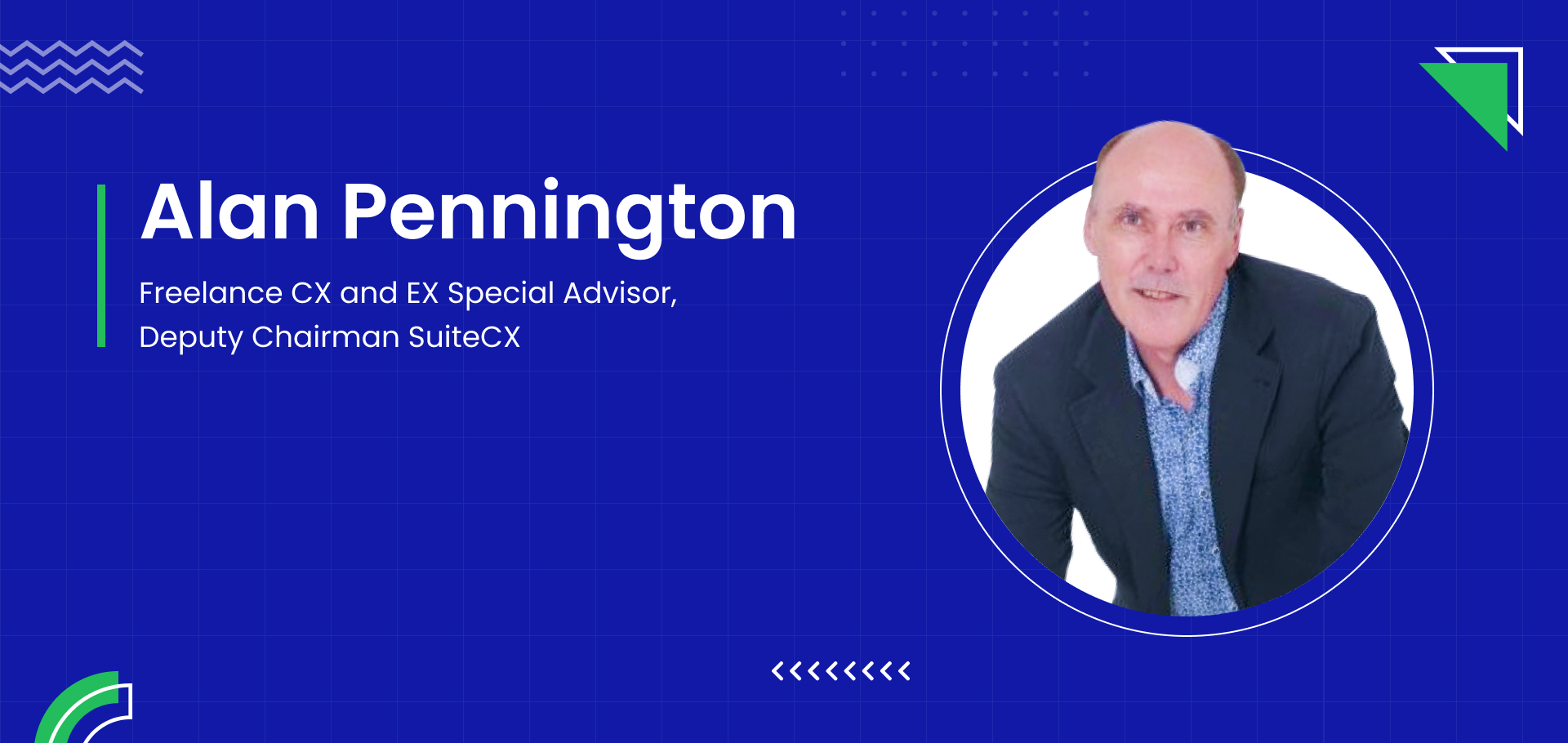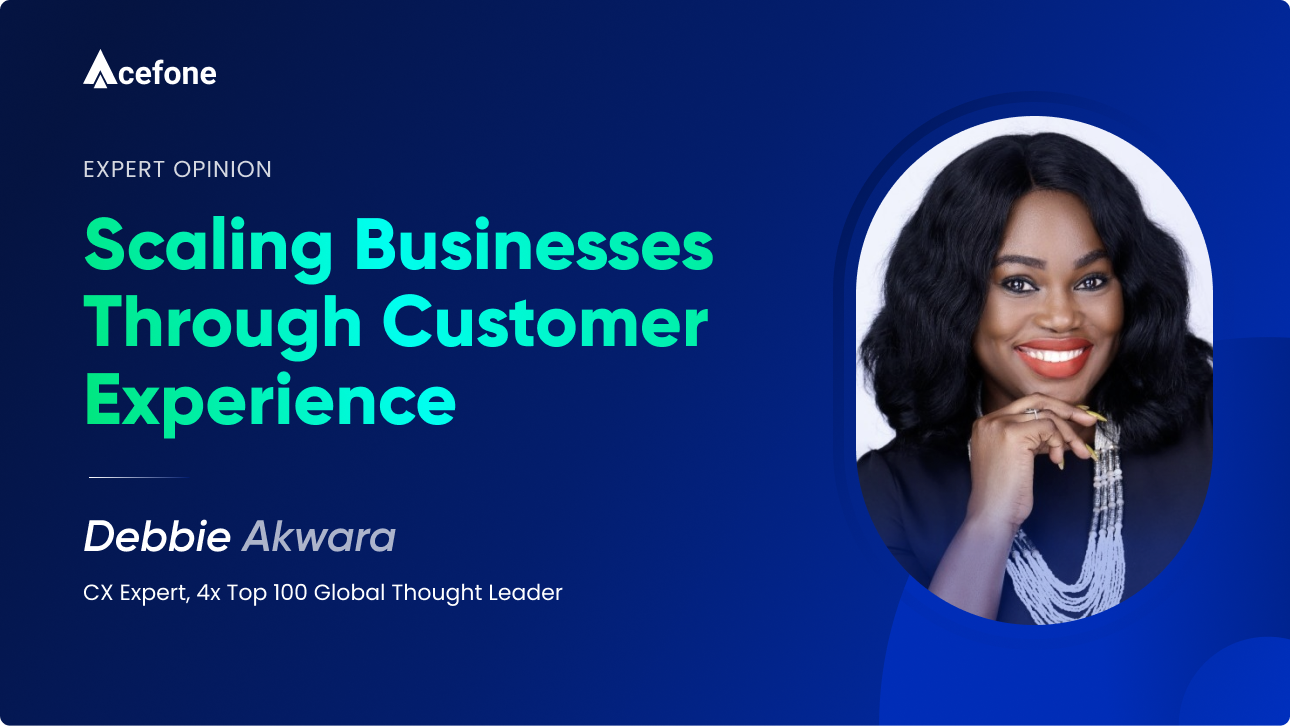As a business owner, you have some goals in mind when starting out. Establish a set of values and mission for your brand, perfect the quality of your product or service, and plan a strategy to promote yourself.
While it’s fairly easy to control the elements under your jurisdiction, it changes when external players enter the scene. You cannot always guarantee a place in your customers’ hearts.
Instead, all you can do is showcase your dedication and try to gain their favour with excellent customer service. To quote Seth Godin, entrepreneur and best-selling author, “It’s easier to love a brand when the brand loves you back.”
Your clients will reciprocate the dedication you offer them. A happy customer is a loyal customer, and that’s the ultimate tip to success.
This brings us to the next point.
How can you approach the task of perfecting your customer communications? How do experts define customer service? How is it changing in this fluctuating landscape? What trends should you prepare yourself for? What are the challenges and misconceptions?
Find out all this, and more, from our exclusive interview with Adam Toporek. Adam is a customer experience strategist and the founder of CTS solutions, a customer solutions consultancy.
As an internationally recognised expert, he has authored a deeply insightful book in the field of customer service and often delivers keynote speeches and hosts training sessions to inspire and empower people.
Read on to learn an expert’s take on the trials and tribulations of the client support industry, how to overcome them, and what to expect. Here’s what Adam Toporek wishes to let the world of budding businesses know:
Q1: How did you find yourself gravitating towards the field of customer service?
Adam: As a third-generation entrepreneur, I was raised to understand the importance of customer service. In later years, as I started my own businesses, I saw how central customer experience and service was to the success of any business. Now, experience and service are my primary focus as a keynote speaker, customer service trainer, and CX advisor.
Q2: What does CX mean in today’s world and how is it impacting businesses?
Adam: CX has certainly come a long way in the last decade. The idea of understanding and improving the customer’s entire journey has transformed many organisations that never took customer service seriously. While the impact of having a customer-centric culture will vary depending on the industry; overall, the idea and profession of CX have vastly changed the business landscape.
Q3: In this modern era, do you think technology plays a major role in serving customers? What are your suggestions for the same?
Adam: The impact of technology on how we interact and serve customers has been nothing short of revolutionary. Digital transformation, which has only accelerated in the current times, is impacting every industry in some way. I generally speak about digital integration instead of transformation. My number one recommendation for organisations is to always keep the emotional, human customer in mind when evaluating how to use technology in the customer journey.
Q4: Can you shed some light on how to face and overcome challenging issues in this field?
Adam: Every challenging situation has to begin with listening and attempting to understand not only the emotional state of the customer but also our own emotional reactions. Empathy is key, and for frontline teams, it is important to remember that you will not win them all. However, with the right training and mindset, you can successfully resolve the great majority of customer service issues, no matter how difficult.
Q5: As a customer experience expert, how do you implement changes in the workplace, such as schedule changes or new customer incident reporting procedures in a way that maintains your team’s productivity?
Adam: One of the most important things with new policies or procedures is to make sure your teams receive adequate training. A memo is just not enough. This includes making sure your teams understand the why behind any new procedure. In fact, before you create a process or procedure, you should get feedback from your teams about it. Let your front lines tell you if it will be effective in the real world, and if it will achieve the desired result for the customers and the company.
Q6: Your famous book Be Your Customer’s Hero offers some amazing CX insights. Would you like to share some key points with our readers?
Adam: Let’s talk about one of the chapters in the book that has received the most positive comments because it is very counterintuitive and is the opposite of what most service reps do. The concept is letting customers punch themselves out. The idea is simple: when you have a really upset customer, let them go. Let them talk until they get it all off their chest; then, get them to talk some more!
Most reps usually jump in and interrupt, but this technique is incredible at helping defuse upset customers. Obviously, in the book, we address the fact that this takes time and a service rep’s time is limited.
Q7: What tips would you give to budding companies to improve their customer experiences?
Adam: For new organisations, I believe the most important thing is to focus on mapping and understanding the journey from the beginning. If you’re a startup, the journey will change a great deal, so always be watching and reevaluating.
Q8: Are you currently working on any new book? If yes, would you like to share a bit about it?
Adam: Well, I hope to have a new book out sometime next year. Right now, we are focused on deepening our library of virtual training courses. We’re going to be creating more short, topically-focused customer experiences and service courses at customersthatstick.com.
Q9: What are some common misconceptions about customer service that you have come across?
Adam: I think one of the biggest misconceptions about service comes from customers. Many customers think that delivering (excellent) service and experience is easy. They don’t see all of the effort that goes into it, both at the organisational and individual level. As a result, they are often not as patient as they could be. While it is the job of the company to make sure customers don’t have a reason to be upset, the world would be a better place if more customers were understanding of minor service mishaps.
Q10: Finally, what scope or future trends can you predict for the industry—that people should look out and prepare for?
Adam: In the times we live in, the most certain prediction for the future is that the future is uncertain. While it is very difficult, firms need to try to bake significant flexibility and rapid response into any current planning. They also need to understand the unprecedented emotional state of both customers and employees, and to design experiences that rely heavily on listening and empathy.
Wrapping Up
This interview was packed with useful insights that can truly help you transform your business communications and customer experience. You can learn more about Adam and his vision by visiting his website.
Empower your client service and embrace modern challenges using cloud communication solutions. Maintaining relationships with customers becomes easy when you’re equipped with the proper tools.
Acefone aims to help you help yourself with its multitude of available services. Call 1888-859-0450 or email [email protected] now to get started!














